If you’ve already learned the basic composition techniques such as the rule of thirds and proper use of color and contrast, it’s time for you to move on and acquire new skills when it comes to composition.
This blog post is brought to you by Advanced Composition – a guide worth looking at if you are looking to go beyond rudimentary composition techniques. Take a look here.
While there are many ways to achieve better and truly eye-catching photos, what will turn your ordinary snapshot into a compelling artwork is most probably the striking composition.
The following three advanced composition techniques will help you add more visual appeal to your photography:
1. Foreground interest and depth
If your photos look a little too flat, placing something in the foreground can instantly make them more interesting.
Including some foreground interest is a perfect way of adding a sense of depth to the scene. Since photographs are 2D by nature, experimenting with foreground interest will allow you to give the scene a more 3D feel.
The foreground of your image should contain some key point of interest, such as a person, a tree, some rocks or anything else that is related to your genre of photography or your subject. Composing your image in this way will help you evoke depth and create an illusion of that missing third dimension.

2. Frame within the frame
Another great way of showing depth in a scene is including a ‘frame within the frame’. This technique is often used in other visual arts too, such as painting and drawing, because it is invariably effective! You should train your eyes to look for elements such as windows, arches, branches or stones to frame the scene with. This kind of ‘frame’ doesn’t have to surround the entire scene to be effective – you can also experiment with incomplete framing and add a sense of mystery to your photos.
There are many ways to create a frame within a frame, since these frames can be both man-made and natural objects. Using a frame within a frame can look amazing in portraiture, landscapes and even some other genres such as documentary and product photography.
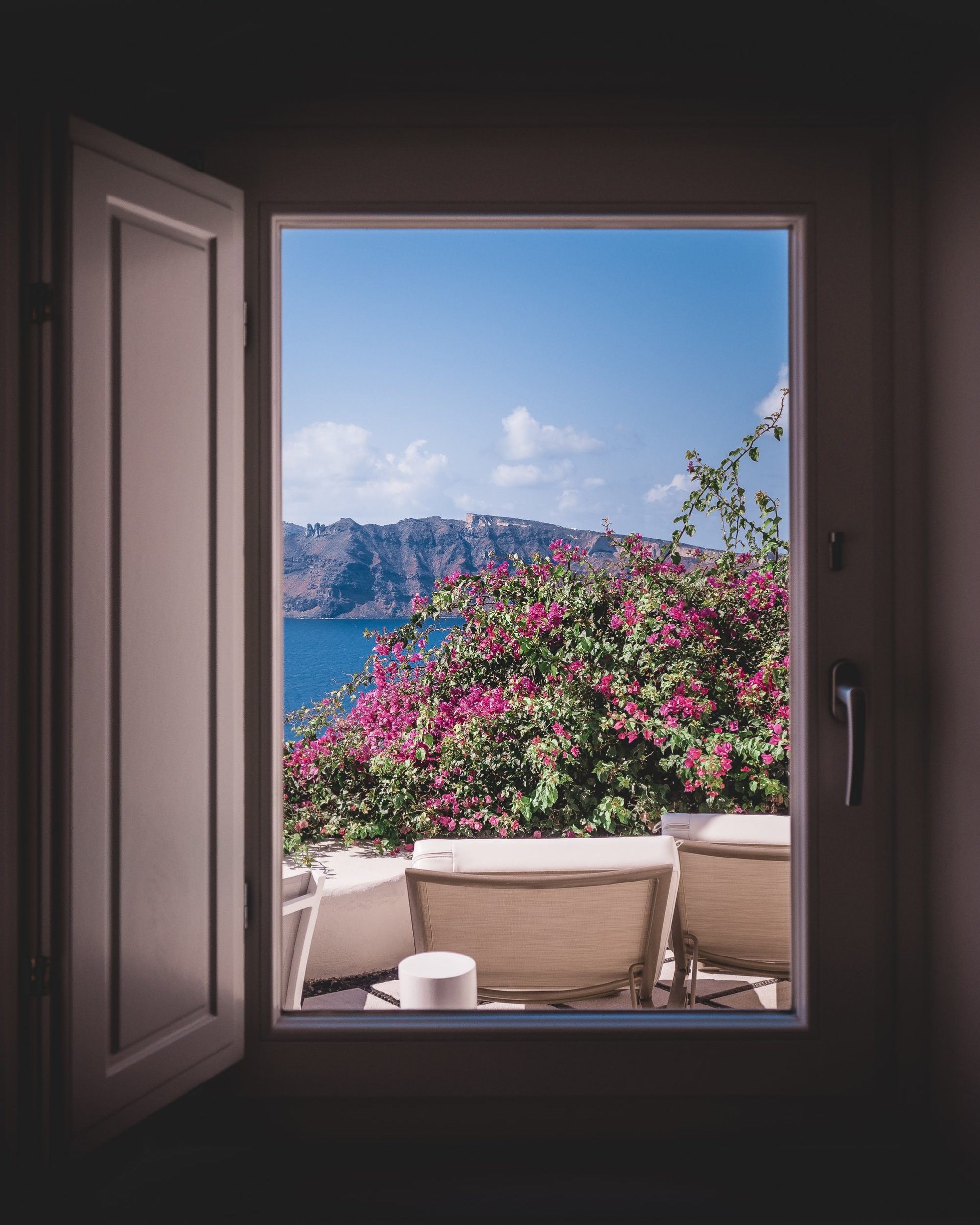
3. Rule of odds
The rule of odds in photography suggests that an image is more visually appealing if there is an odd number of elements. According to the visual arts theory, an odd number of elements is more natural and easier on the eye. On the other hand, an even number of elements is considered distracting as the viewer is not sure which one to focus on.
Three is usually the best option among the odd numbers . If you have three elements, you can place them in a line or make a triangle shape, which will add a sense of visual tension and make your image more dynamic.
Five and seven are still good numbers to compose with but you should keep in mind that adding more elements means losing part of the compositional strength.
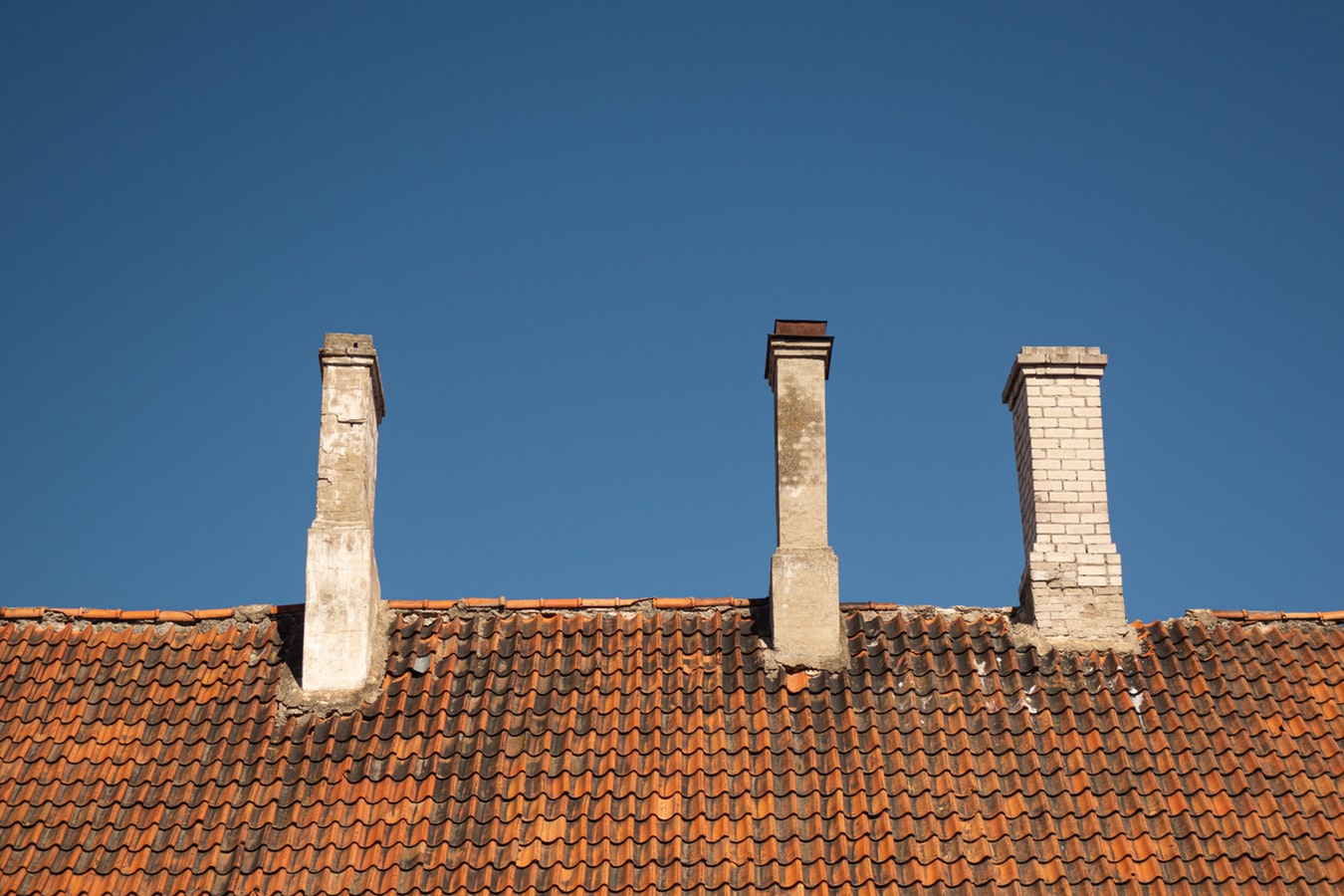
In addition to these three, there are many other advanced composition techniques that you can use to drastically improve your photos. If you’d like to learn more about them, check out the following links:
Further Resources:
- How To Create Amazing Compositions Simply By Using Color
- 5 Free Guides on Five Composition Tools to Help You Compose Better Photos
- 5 Ways To Break The Rules Of Composition
- The Head Vs. The Heart: Why Composition Matters And By How Much
What Next?
This blog post is brought to you by Advanced Composition – a guide worth looking at if you are looking to go beyond rudimentary composition techniques. Take a look here.



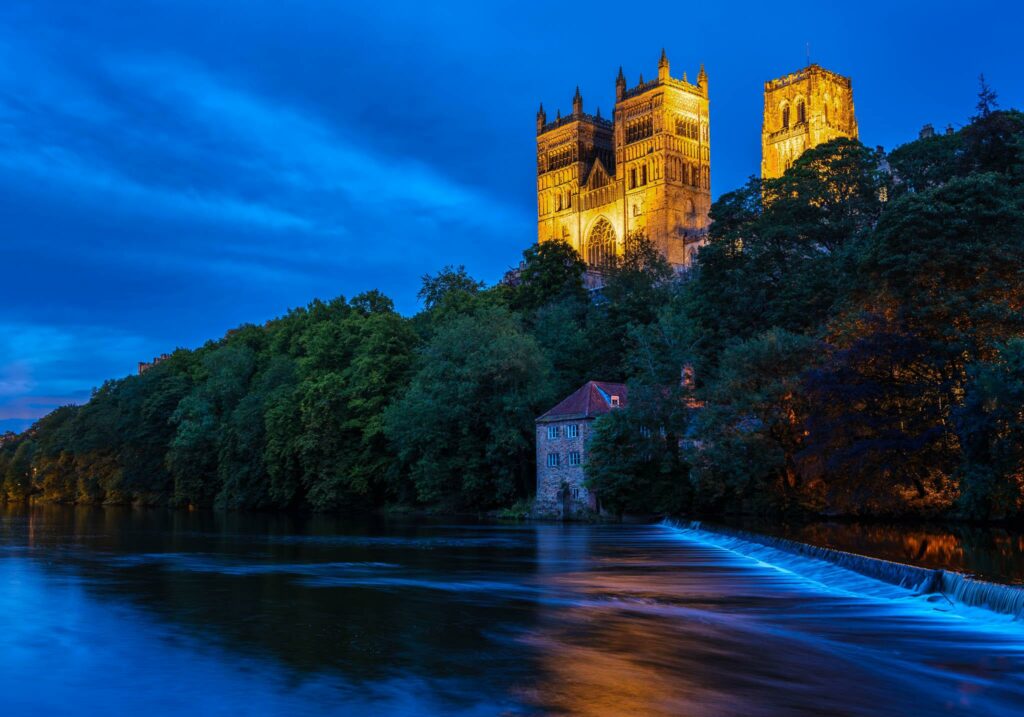
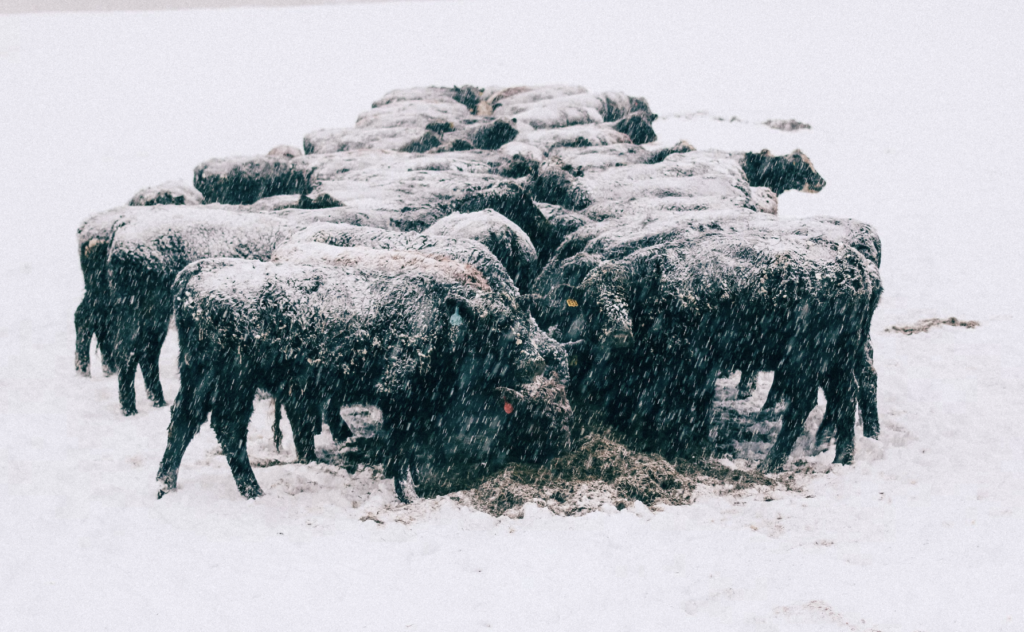
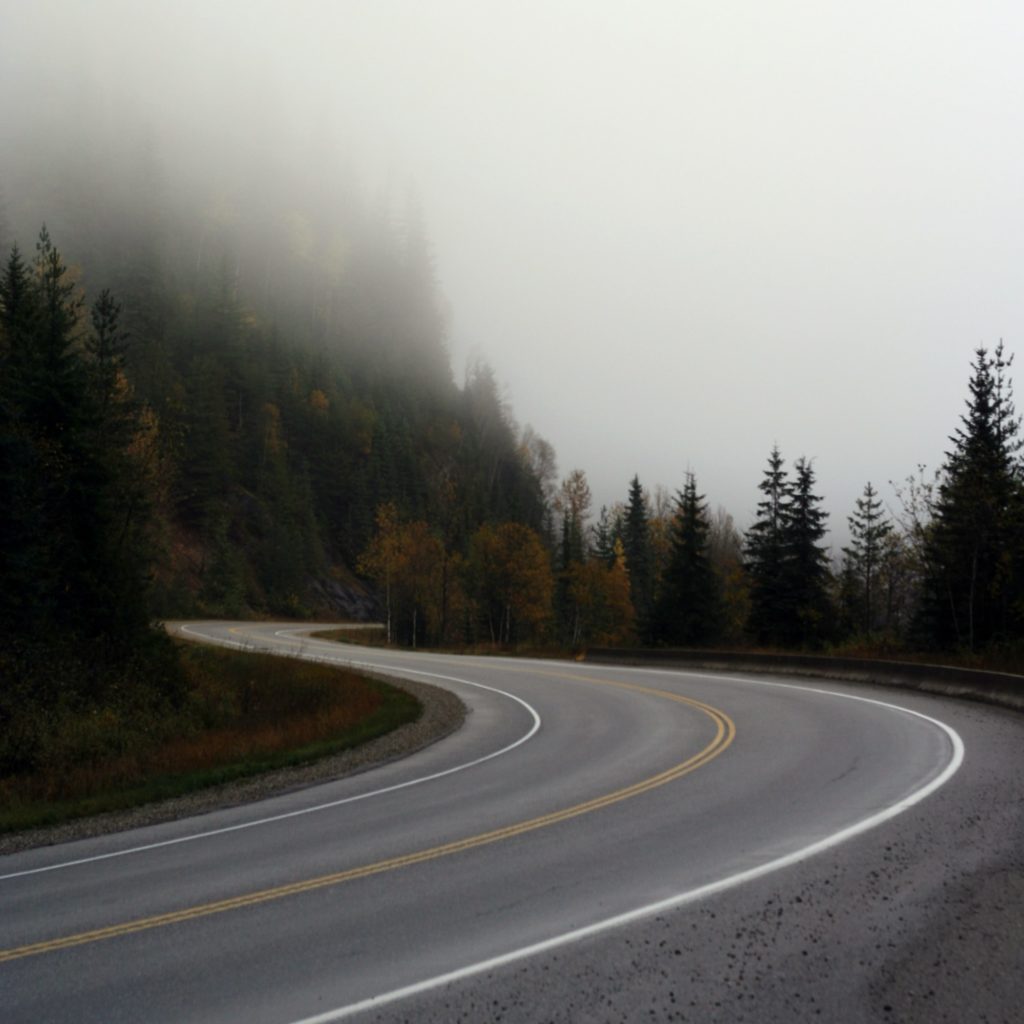
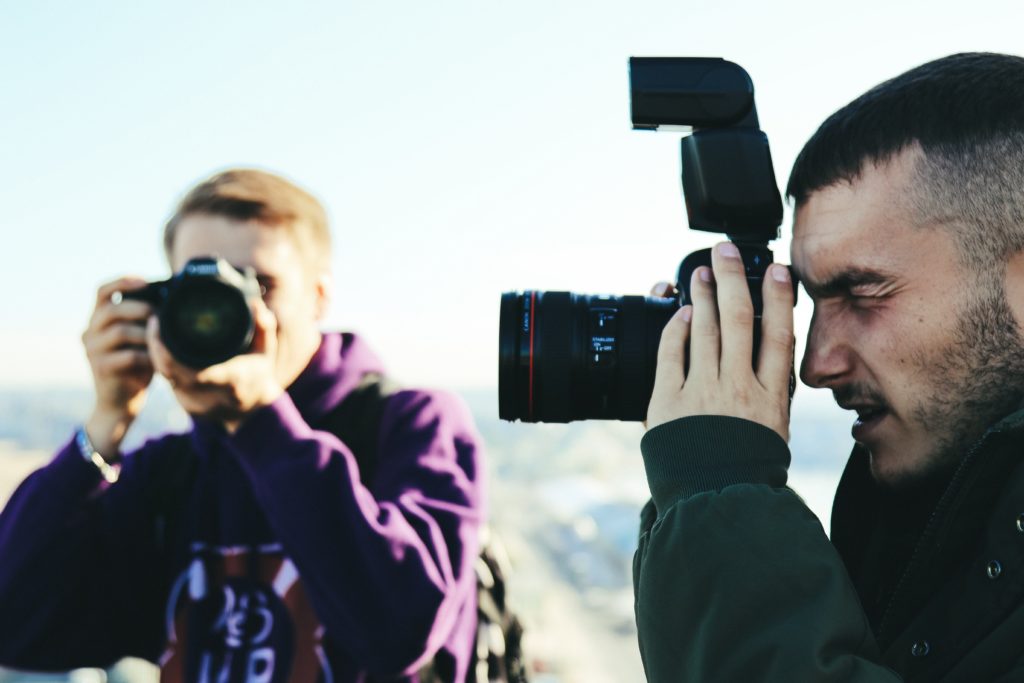
4 Comments
Great tips from Jasenka. Thank you.
Interesting extensions re compositions – saw your link to https://www.lightstalking.com/using-color/ re using color to create one’s compositions; look fwd to seeing that one too – thanks! – Adan
Always ready to learn! Great lessons here. Thanks
I just wanted to say Thanks.